A new AI data centre in Beijing is designed to evolve and adapt, just like the technology within
Specialised data centre Spark 761, designed by llLab, is conceived as a physical space where humans and AI technology can coexist
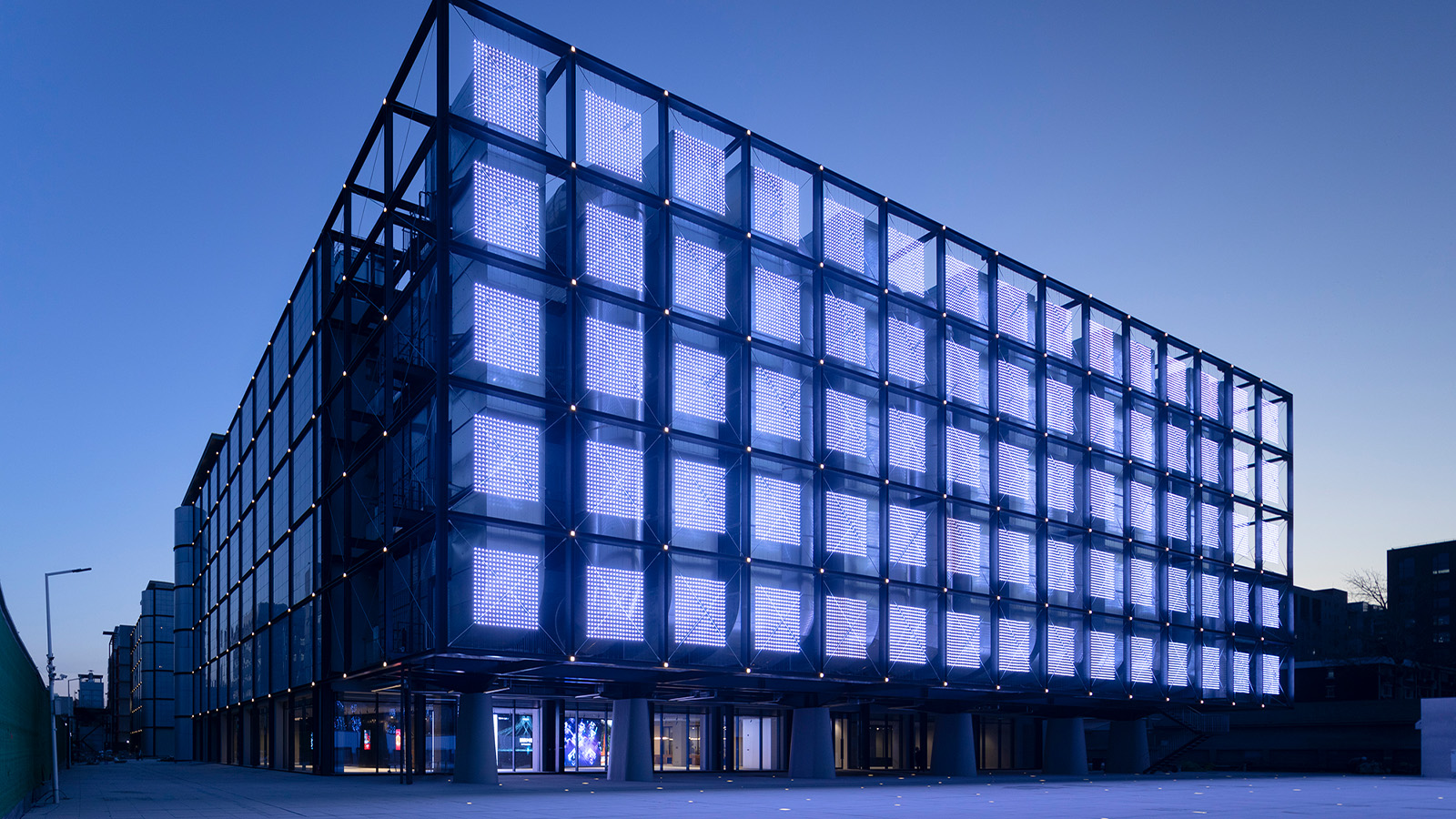
A mesmerising, mysteriously glowing new building has appeared in the heart of the Jiuxianqiao neighbourhood, in the Chaoyang District of Beijing. Welcome to Spark 761, an artificial intelligence computing power park – a specialised data centre to manage the computational resources required for AI functions. Its architects, Chinese architecture firm llLab, worked closely with their clients, Beijing Electronic Digital & Intelligence, to create a space that befits its 21st-century use. The result? A supercomputer building that evolves as AI continues to develop.
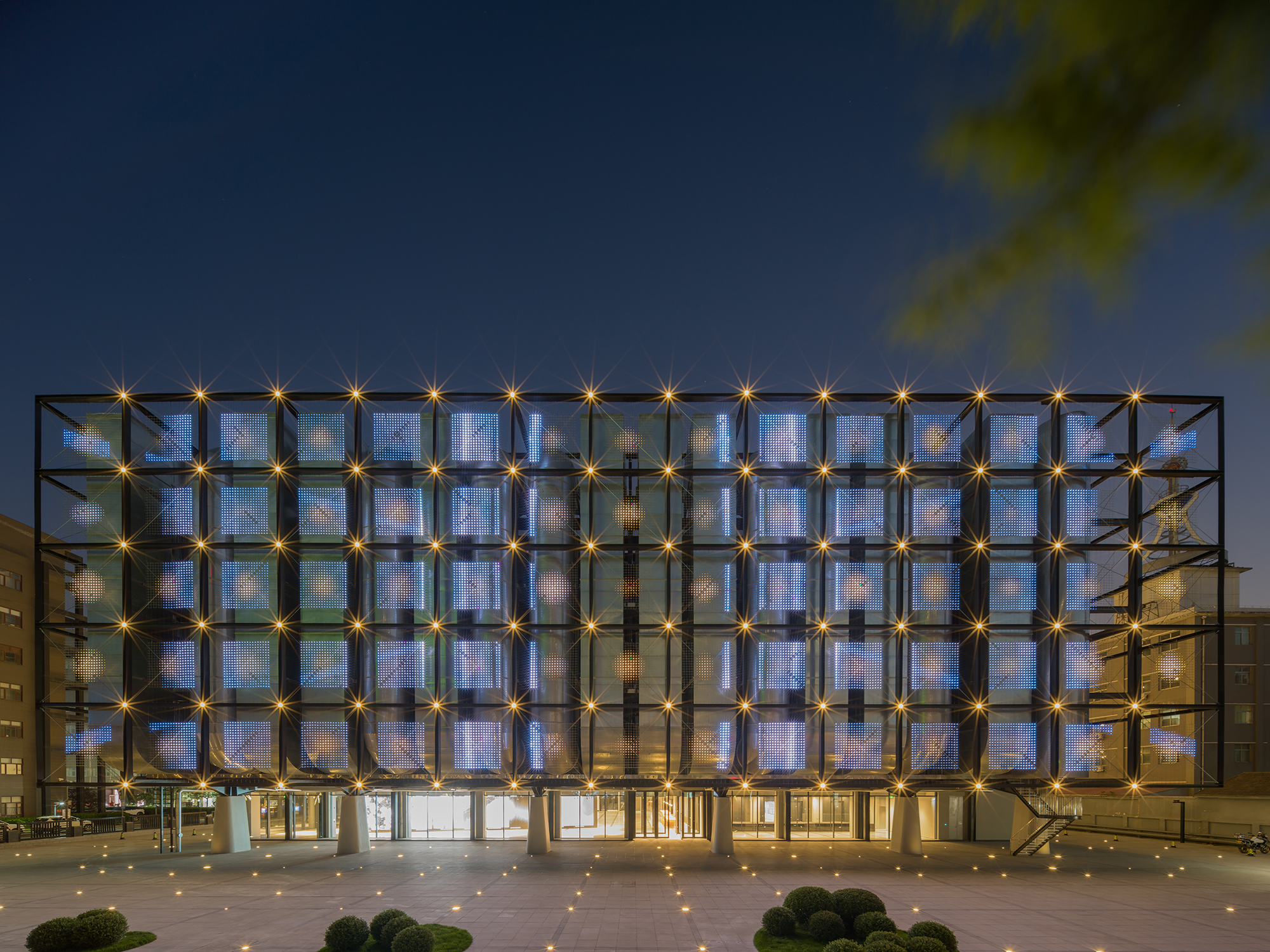
Inside Beijing's new specialised AI data centre, Spark 761
Jiuxianqiao is known for its strong design-led character, mixing culture with modern urban planning. The area has a thriving art district, which boasts a variety of contemporary art houses in refurbished, former factory buildings. With the creative industry very much at the centre of contemporary debates around the use of AI – and its opportunities and challenges – Spark 761 makes for an interesting addition.

The building's architectural concept goes beyond traditional data and information storage systems. Instead, it aims to create a futuristic office and computing space that allows a coexistence between people and AI. Eschewing the typical, closed-off data-centre model, this project aims to make the invisible world of AI information visible – and understandable. As a result, the entire structure was conceived with an embedded layer of its own AI ecosystem, which can adapt as it is being used.
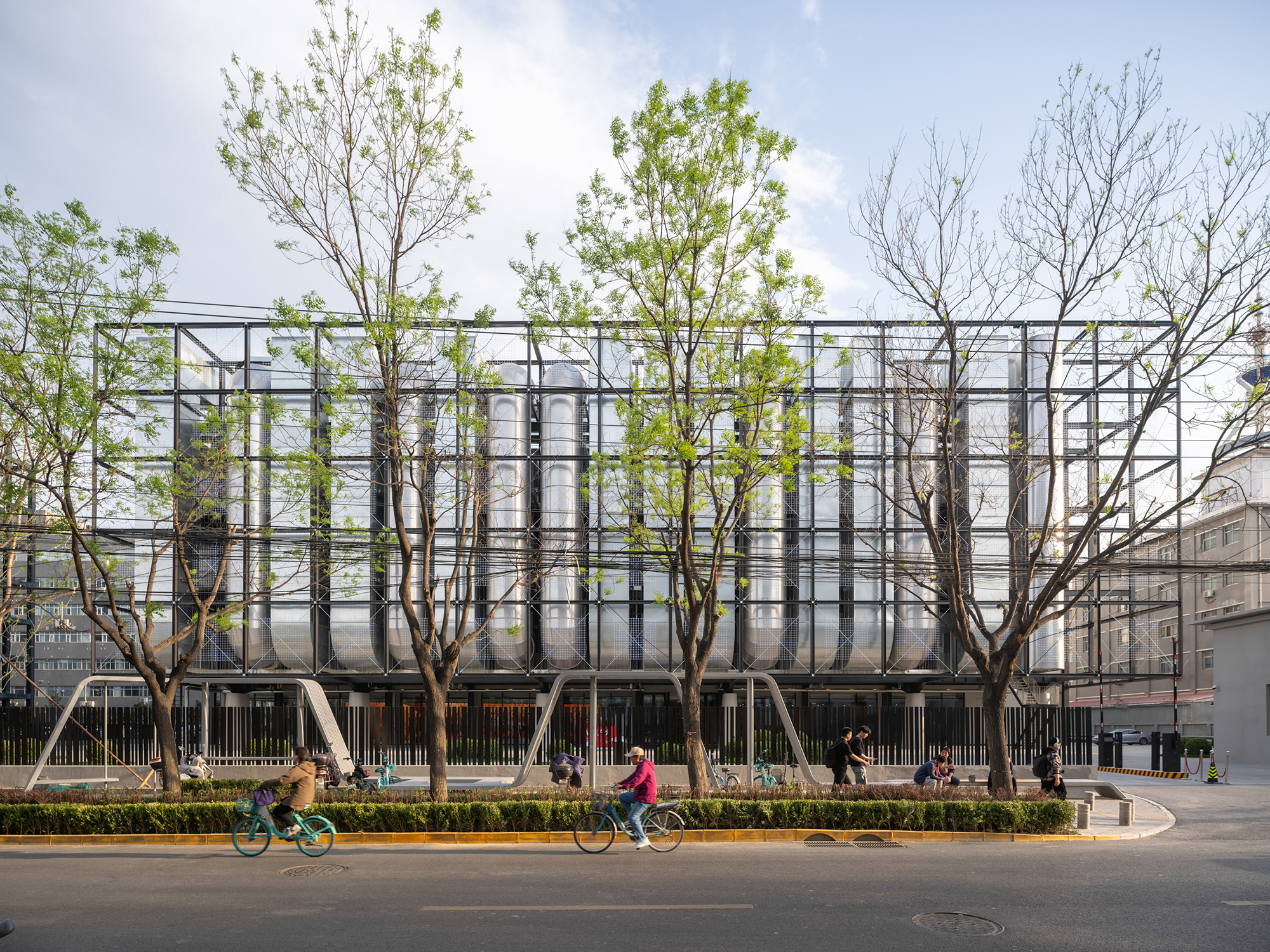
This is symbolically represented in the grid-like façade, an interplay of glass and structural systems. It balances opaque areas, designed as an internal space for contemplation, and transparent ‘glass boxes’. The latter typology hosts a variety of spaces such as offices, exhibition halls, and multipurpose rooms.

These elements are meant to expose previously hidden technology and encourage people to interact with it directly, as well as understand it. Passers-by can see the building's inner workings and 'heartbeat', the architects explain.
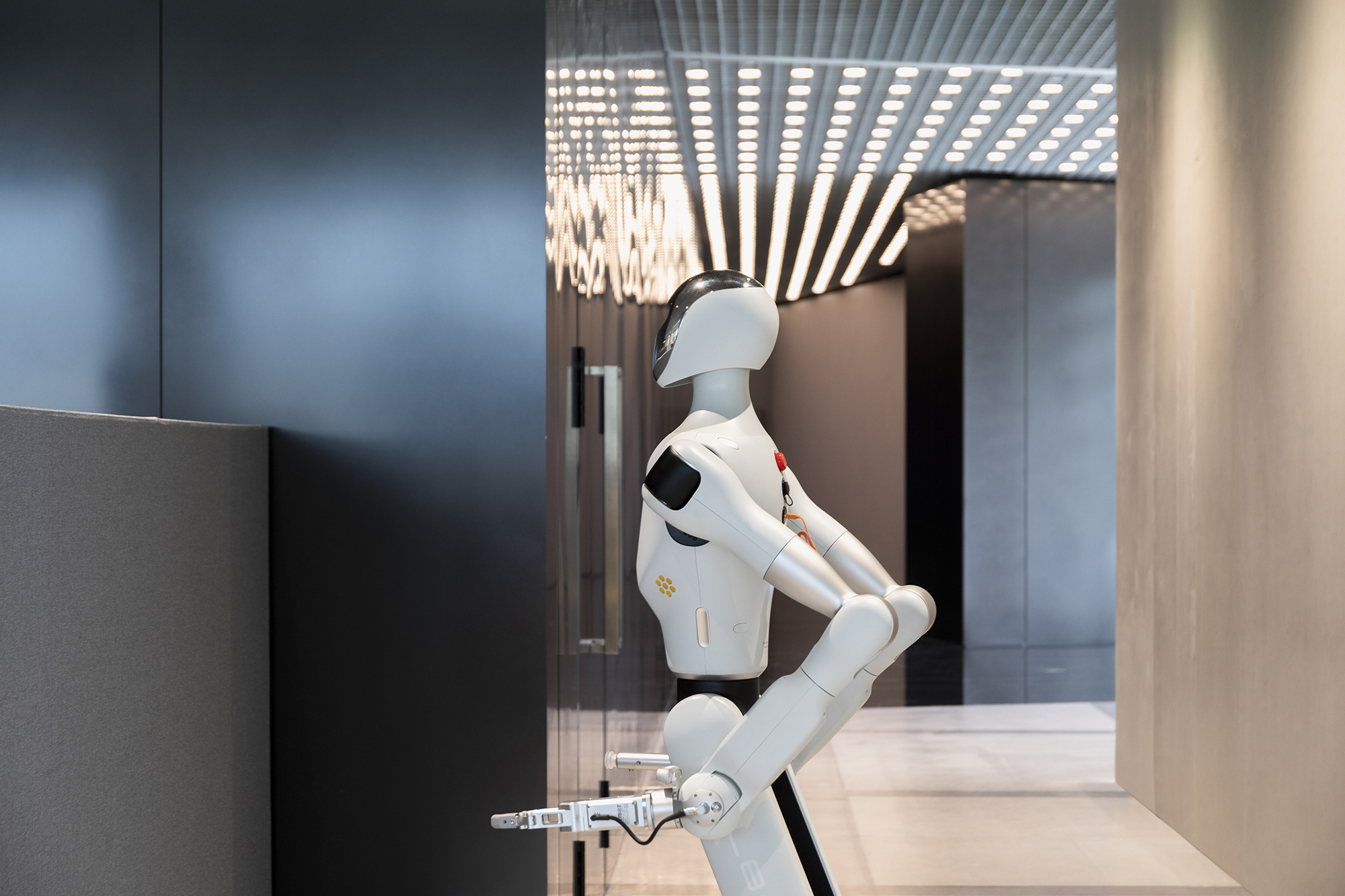
At night, the physical grid of the building visually fades away, and the ‘virtual’ architectural body is revealed in the form of lights and screens, displaying the luminous glow of virtual information and putting to the fore the building’s computing power.

Spark 761 was conceived as a digital organism, a physical representation of AI technology. By creating an architecture with a layer of digital infrastructure, llLab sought to break the barrier between humans and AI.
Receive our daily digest of inspiration, escapism and design stories from around the world direct to your inbox.

‘We had also hoped to give it a chance to truly speak and produce sound,’ the architects said. While the project's constraints prevented this from being realised, they decided the building’s visual language is a substitute.

llLab built Spark 761 to turn the abstract, invisible world of AI into a tangible, evolving environment where people can feel connected to the technology they use every day.
Tianna Williams is Wallpaper’s staff writer. When she isn’t writing extensively across varying content pillars, ranging from design and architecture to travel and art, she also helps put together the daily newsletter. She enjoys speaking to emerging artists, designers and architects, writing about gorgeously designed houses and restaurants, and day-dreaming about her next travel destination.
-
 ‘I want to bring anxiety to the surface': Shannon Cartier Lucy on her unsettling works
‘I want to bring anxiety to the surface': Shannon Cartier Lucy on her unsettling worksIn an exhibition at Soft Opening, London, Shannon Cartier Lucy revisits childhood memories
-
 What one writer learnt in 2025 through exploring the ‘intimate, familiar’ wardrobes of ten friends
What one writer learnt in 2025 through exploring the ‘intimate, familiar’ wardrobes of ten friendsInspired by artist Sophie Calle, Colleen Kelsey’s ‘Wearing It Out’ sees the writer ask ten friends to tell the stories behind their most precious garments – from a wedding dress ordered on a whim to a pair of Prada Mary Janes
-
 Year in review: 2025’s top ten cars chosen by transport editor Jonathan Bell
Year in review: 2025’s top ten cars chosen by transport editor Jonathan BellWhat were our chosen conveyances in 2025? These ten cars impressed, either through their look and feel, style, sophistication or all-round practicality
-
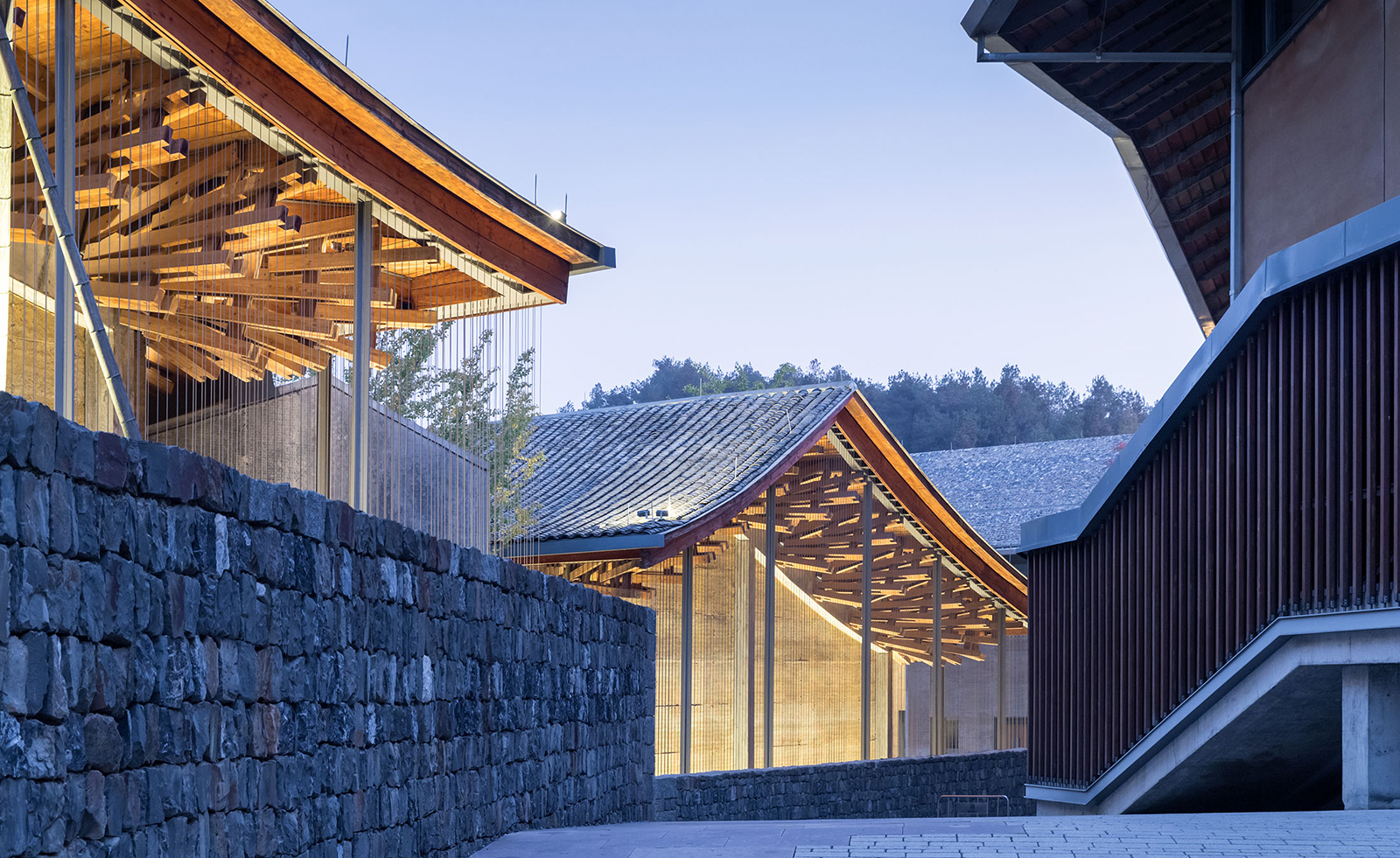 Wang Shu and Lu Wenyu to curate the 2027 Venice Architecture Biennale
Wang Shu and Lu Wenyu to curate the 2027 Venice Architecture BiennaleChinese architects Wang Shu and Lu Wenyu have been revealed as the curators of the 2027 Venice Architecture Biennale
-
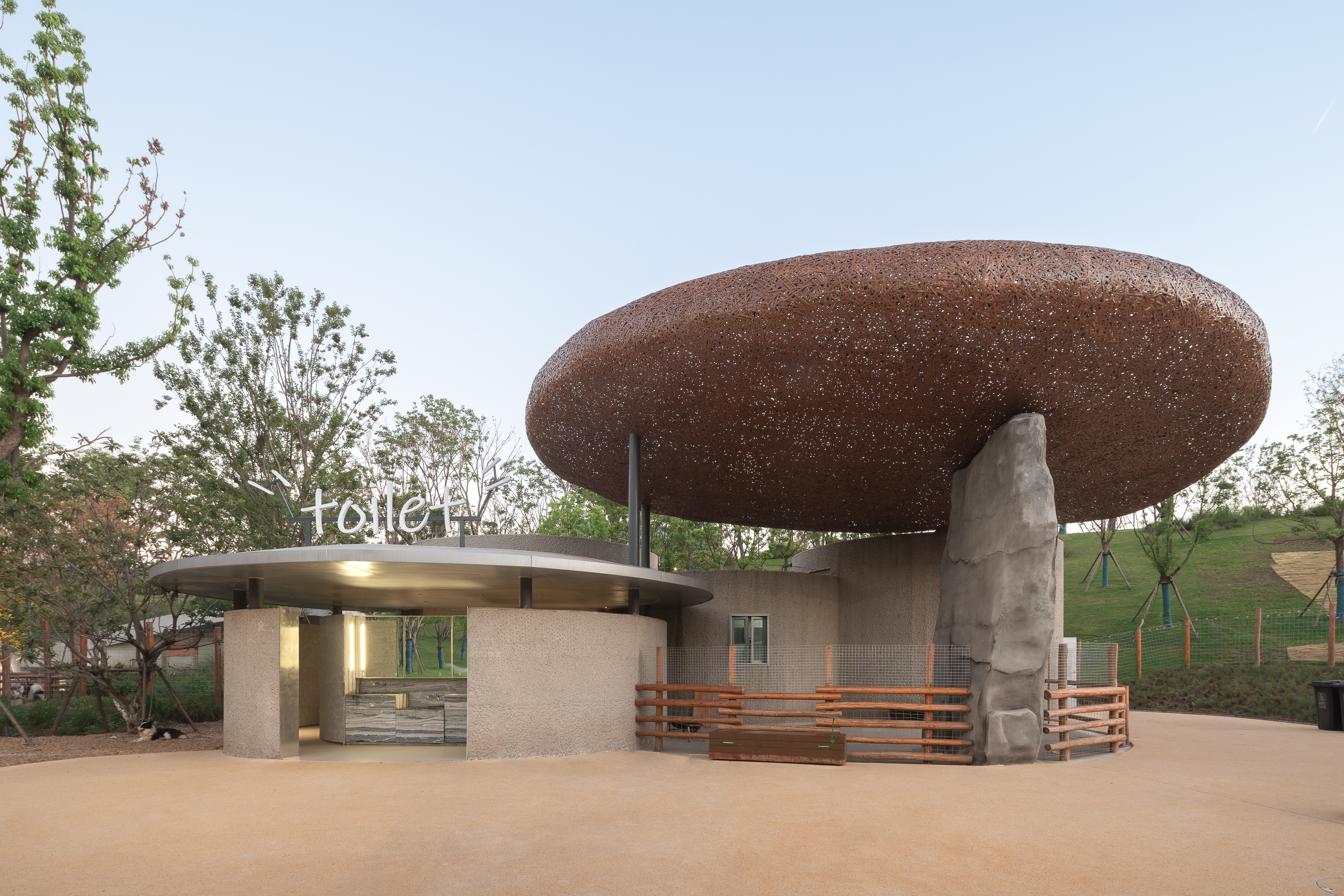 Tour this Chinese eco-farm, an imaginative wonderland connecting visitors with nature
Tour this Chinese eco-farm, an imaginative wonderland connecting visitors with natureLuxeIsland Farm by Various Associates is an eco-farm and visitor attraction in China’s picturesque Wuhan region; take a stroll across its fantastical landscape
-
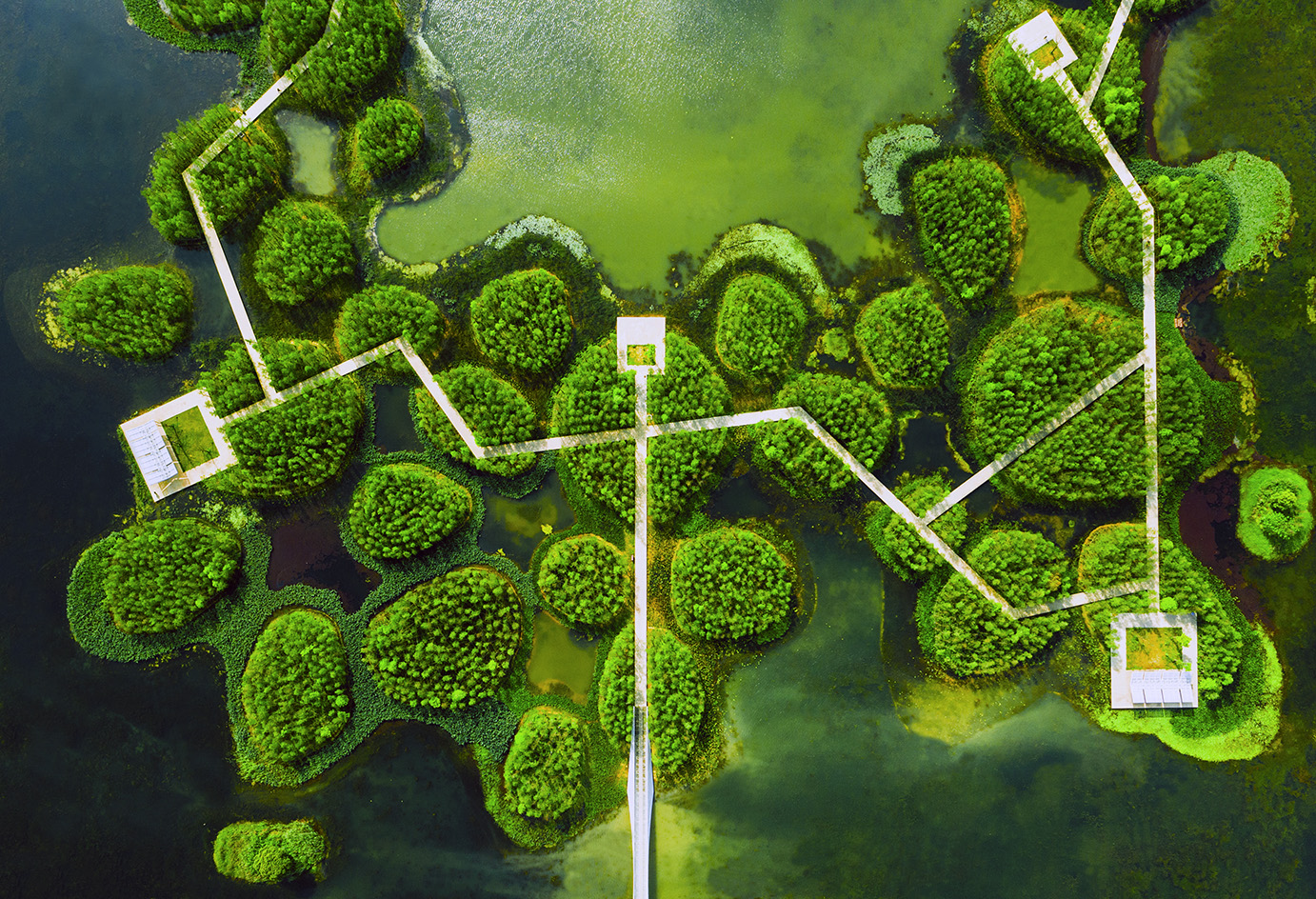 Honouring visionary landscape architect Kongjian Yu (1963-2025)
Honouring visionary landscape architect Kongjian Yu (1963-2025)Kongjian Yu, the renowned landscape architect and founder of Turenscape, has died; we honour the multi-award-winning creative’s life and work
-
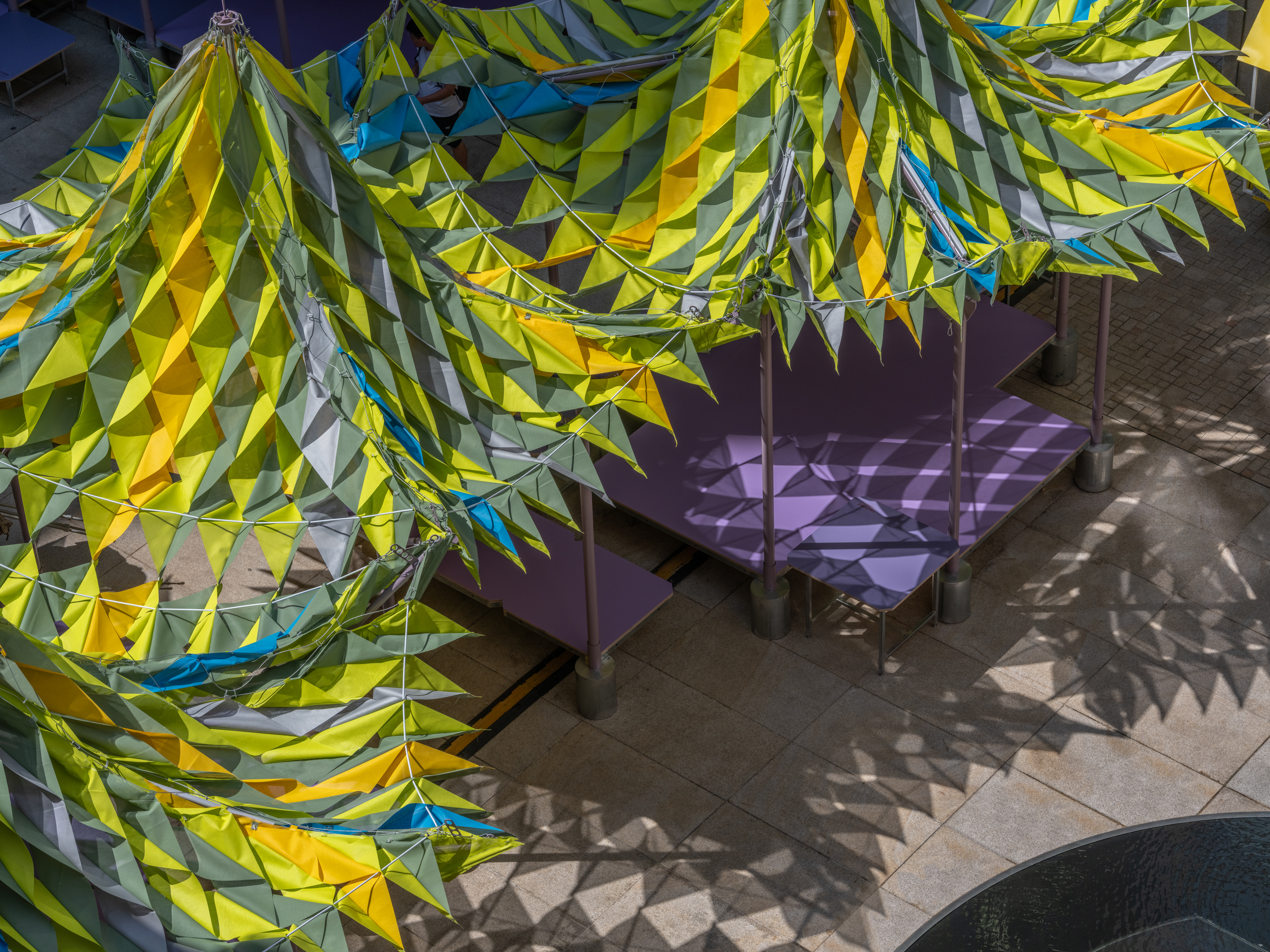 Shanghai’s biennial, RAMa 2025, takes architectural exploration outside
Shanghai’s biennial, RAMa 2025, takes architectural exploration outsideRAMa 2025, the architecture biennial at Rockbund Art Museum in Shanghai, launches, taking visitors on a journey through a historic city neighbourhood – and what it needs
-
 Atelier About Architecture’s ‘house within a house, and garden within a garden’
Atelier About Architecture’s ‘house within a house, and garden within a garden’House J in Beijing, by Atelier About Architecture, is an intricate remodelling complete with a hidden indoor garden and surprising sight lines
-
 A nature-inspired Chinese art centre cuts a crisp figure in a Guiyang park
A nature-inspired Chinese art centre cuts a crisp figure in a Guiyang parkA new Chinese art centre by Atelier Xi in the country's Guizhou Province is designed to bring together nature, art and community
-
 Zaha Hadid Architects’ spaceship-like Shenzhen Science and Technology Museum is now open
Zaha Hadid Architects’ spaceship-like Shenzhen Science and Technology Museum is now openLast week, ZHA announced the opening of its latest project: a museum in Shenzhen, China, dedicated to the power of technological advancements. It was only fitting, therefore, that the building design should embrace innovation
-
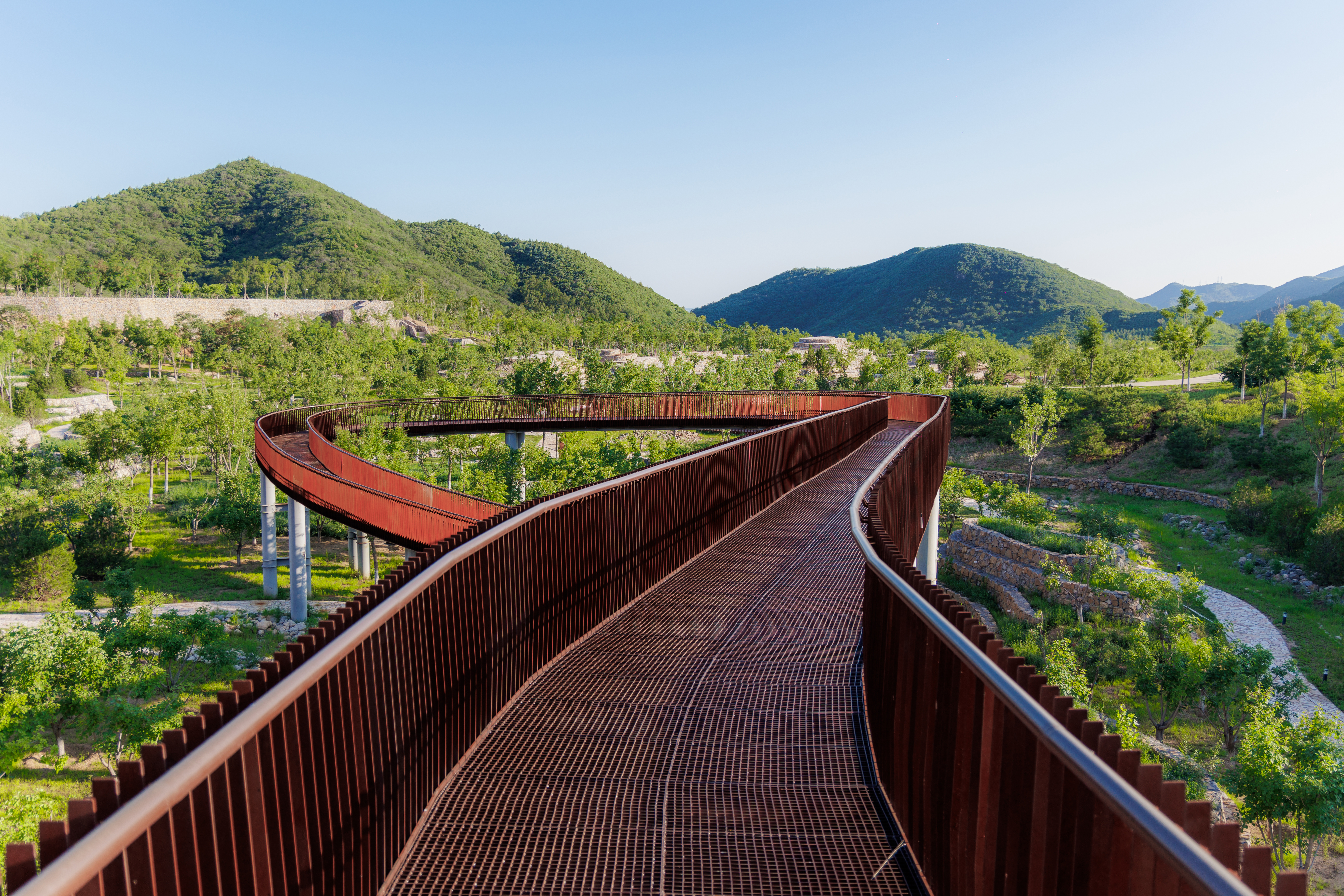 A Xingfa cement factory’s reimagining breathes new life into an abandoned industrial site
A Xingfa cement factory’s reimagining breathes new life into an abandoned industrial siteWe tour the Xingfa cement factory in China, where a redesign by landscape architecture firm SWA completely transforms an old industrial site into a lush park